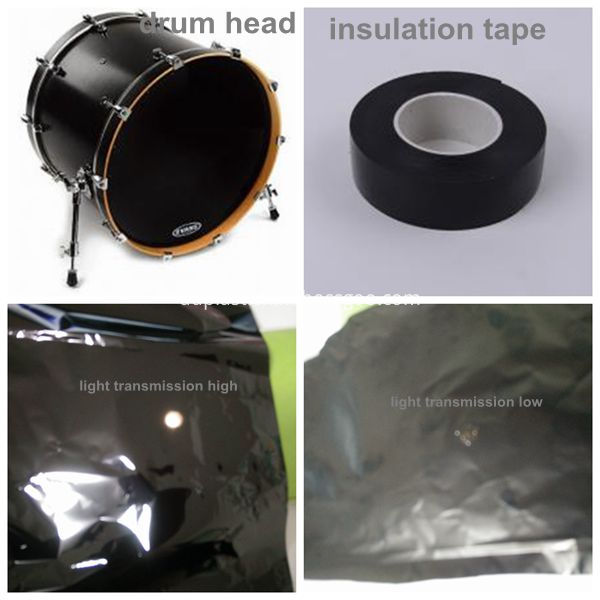Both must be equal
The CMS mentioned so far is only able to achieve a visually close and consistent effect when colors appear on different media (spaces), but it cannot manage to maintain stable reproducibility when colors appear on the same space. . That is to say, after a picture is scanned and printed, its color effect can reach the most similar, but it can not guarantee that the second picture printed again can be close to the first picture. Therefore, it can be extended to whether the printed products of the same set of films can be consistent when they are printed at different times. This involves the scope of printing process quality control (processcontrol). However, no one realizes that this is actually color management. A part. It is inferred from this that even if the management of color space transfer can be properly maintained, the management of color repeatability and consistency is ignored, and the desired effect may not be achieved when printing. Therefore, practical color control should be equally important.
Mr. Fang Junyang, an engineer of printing materials testing and analysis center, pointed out that the color space transfer management can know from the system whether certain colors can be reproduced by printing, and predict the deviation of the final printing, then when the real printing, the printing master can be easier Make appropriate adjustments on the press quickly and easily. However, in the process of adjustment, the test prints should also be tested, that is, the instrument measurement data should be recorded, so that the true capabilities of the machine can be known.
Factors other than density
For printers, the quality of printed matter is digitized and recorded, and the density of the dots of each weight is used, because most people think that if they can control the density of dots, it means that other factors have been controlled.
No wonder Ms. Wang Wei, an application technology engineer at GretagMacbeth, said with a smile that people in the printing industry often only use the function of measuring density when using their color measuring instruments.
However, using the instrument to measure the color of the printed matter, in addition to the density, it is also known that: 1. dot gain, if the dot is larger, it will increase the density; 2. the effect of color overlapping (trapping); 3. Color deviation (hueerror) and contrast between colors (contrast), if you can master these data, you can know the characteristics of the printing process, thereby improving the color stability of the printed matter.
How to communicate with color data
But many people will encounter a question: the data measured by different color measuring instruments are different, so which data should be used? In fact, the color numbers measured by different color measuring instruments must be different, so when communicating with color data, you must pay attention to several restrictions. First, both parties need to use the same brand and model of color measuring instrument. In addition, they must measure under the same light source, even at the same temperature and humidity, to be sure that both parties will not make mistakes. Therefore, it is more meaningful to use the same colorimeter to get the data.
We have been in plastic film for more than 12 years ,our Pet Black Film can be customized according
to clients requirement such as light transmission.
Specification: 30mic-200mic other spec can be customized.
Use:Applicable to electronic products,instruments,electro-acoustic
Appearance: Black opaque with high surface brightness PET film
|
Item |
Unit |
Index |
Test condition |
|
|
Thickness tolerance |
% |
≤3 |
GB/T6682-2001 |
|
|
Transmittance |
% |
≤2 |
GB/T 2410-2008 |
|
|
Tensile strength
|
MD |
Mpa |
≥170 |
GB/T 1040.3 |
|
TD |
Mpa |
≥170 |
||
|
Elongation at Break |
MD |
% |
≥90 |
GB/T 1040.3 |
|
TD |
≥90 |
|||
|
Heat shrinkage (150℃30min) |
MD |
% |
≤1.4 |
GB/T 16958-2008 |
|
TD |
≤0.2 |
|||
|
Haze
|
% |
≥98 |
GB/T 2410-2008 |
|
|
Gloss |
% |
≥100 |
GB/T 2410-2008 |
|
|
Surface tension |
Dyn/cm |
≥52 |
GB/T 14216-2008 |
|

PET Black Film
Mylar Pet Film,Black Film Insulation Film,Black Polyester Film,Pet Black Film
Shijiazhuang dadao Packaging materials Co , https://www.ddplasticfilm.com